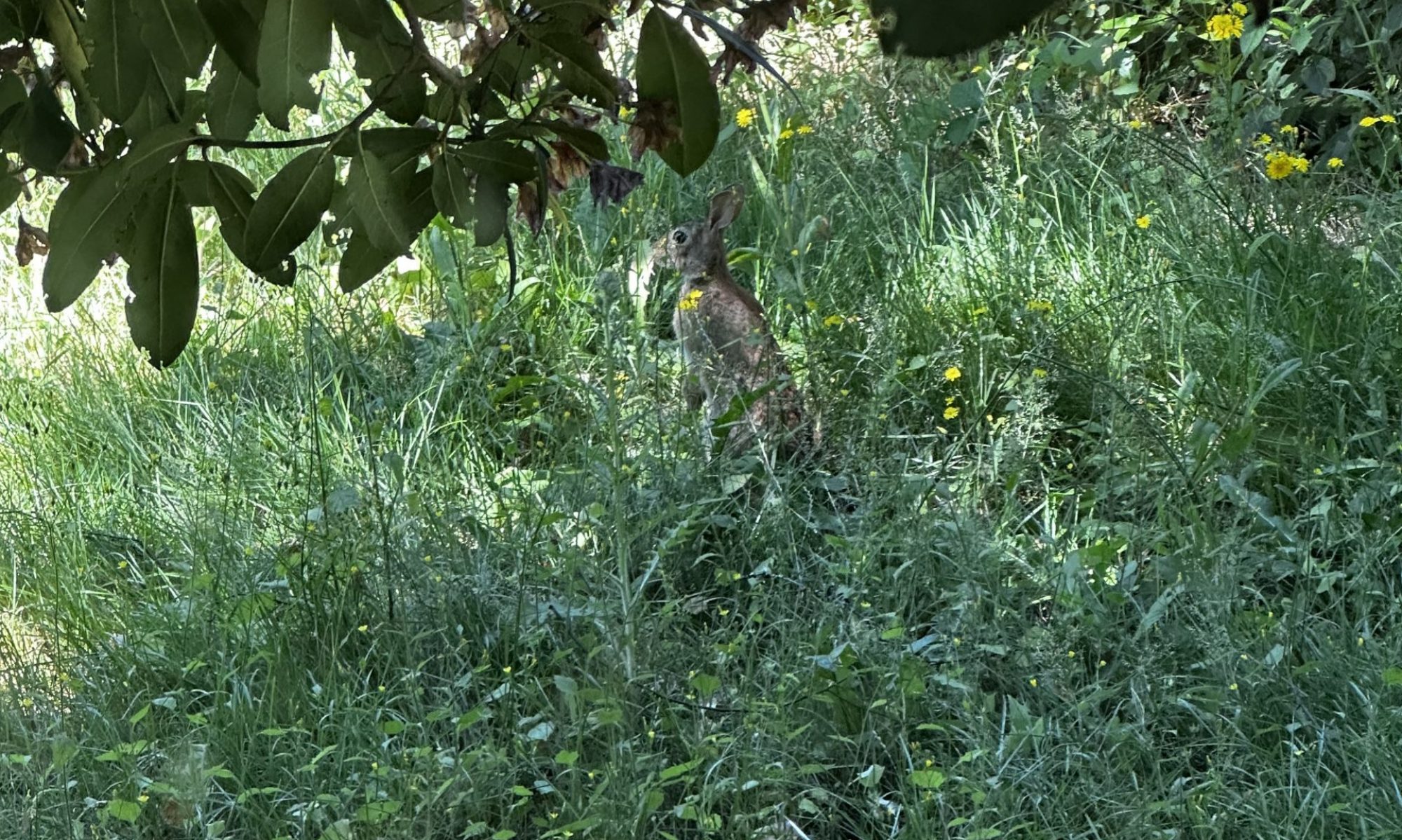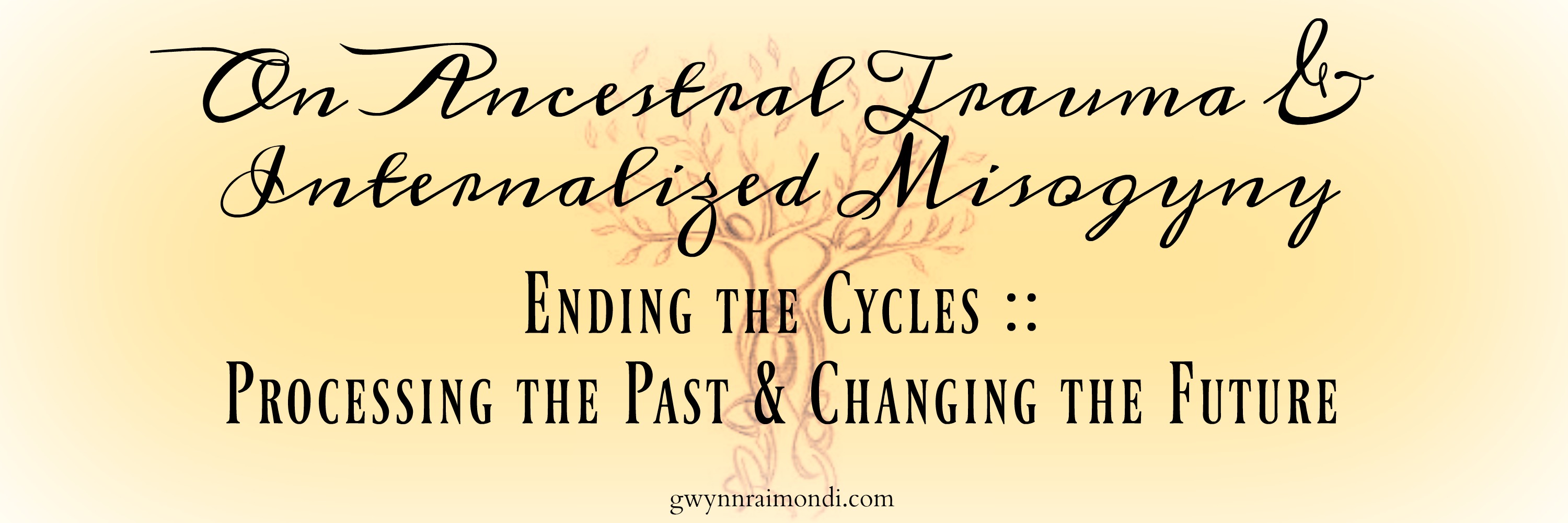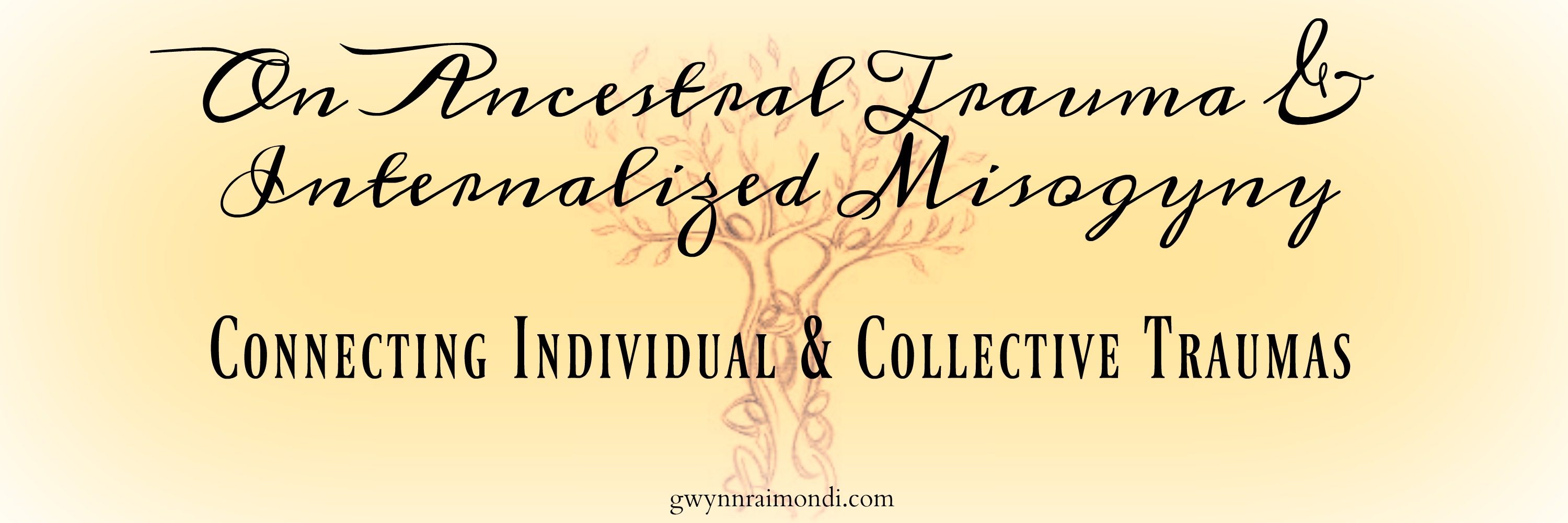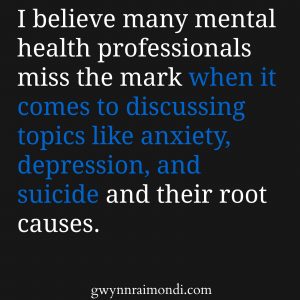And love is not a victory march
It’s a cold and it’s a broken Hallelujah
~Leonard Cohen, Hallelujah
The last year plus has been traumatic for our world politically and culturally, and because of this, also for many of us personally. We have seen some of our worst fears of what would happen with Republican run Executive and Legislative branches here in the United States. We have seen so much put back forty or more years in time, so much more that has been attempted to be put back. With each hit it feels like we are sinking deeper and deeper in a dystopian novel.
And.
Last year saw #metoo. And this year #timesup. We see more and more women coming forward and some of the men who perpetrated sex crimes actually having consequences for their actions. I have been witness to more and more people becoming aware of the social injustices in the world, acknowledging their own internalized biases, compliance, and complicity, and doing the work to make change both within themselves and out in the world.
This shifting in our culture and within ourselves has been about love.
Unearthing what love actually means.
That love is a verb.
That love is not always gentle.
That love can be fiery, fierce, loud.
That love can be both protective and can push us outside of our comfort zones.
That love and justice can and should go hand in hand. And in that mix there needs to also be compassion and boundaries.
I believe that on any given day in any given moment all of us are doing the best we can with the tools we have.
This best we can may not be good enough. This best we can may actually be harmful to ourselves or to others. Other’s don’t have to accept our “best we can”. And in order for me to have hope in humanity, I do still believe we are each trying our best to be the best humans we know how to be.
And.
It is also true that sometimes the “best” others can do is something we need to say a firm NO to. And this No can, and in my opinion should, come from a place of deep love. Love for ourselves as well as love for the other person. And perhaps love for all humanity.
The #metoo movement that has caught fire in the last couple of years is a statement of this kind of love. A love comprised of clearly stating this is where I end and you begin and you don’t get to cross this line without my permission. A love comprised of compassion for ourselves and the traumas we have experienced at the hands of (mostly) men. A love comprised of empathy for others with similar experiences and especially for those who are able to speak up and out.
It is a love that seeks more than justice. It is a love that seeks our humanity.
We are at the dawn of a new epoch of human history. We have perhaps been at this dawn for the last hundred or so years. We have seen cultural “norms” slowly, sometimes painfully slowly, shift. We have seen the emancipation of slaves, the suffrage movement, the civil rights movement, the women’s movement, all in the last 150 years. This is after, literally, millennia of slavery, and the de-humanizing of women, persons of color, queer folks, the poor, and anyone who is not a white, heterosexual, middle class (or “better”), CIS, male.
One hundred fifty years is barely a drop in the bucket when you look back three to six thousand years.
The shifting of our culture feels slow. And it is taking multiple generations. And will likely take multiple more before we live in a world where racism, misogyny, ablism, and homophobia are quaint things of past.
And.
With each movement, more movements are born. With each small shift there is a ripple effect.
And those ripples are getting larger. And stronger.
And the more we do this work of shifting ourselves and our world, the more we see the importance of doing this work with love made of justice, compassion, empathy, and boundaries.
Love is not always gentle. In fact, I believe love can actually be rather rude. Love shows up when we set our own boundaries and love shows up when we respect and honor the boundaries another person has set for themselves, whether we like those boundaries or not.
Love is willing to be uncomfortable. To sit in the discomfort of unraveling our own familial and cultural training. To sit in the discomfort of unraveling the trauma that lives within us and sorting what is ours, what is our ancestors, and what has absolutely nothing to do with us or our lineage. To sit in the discomfort of sometimes being wrong and causing harm and doing the work to make amends. To sit in the discomfort of acceptance that we are not always in control, and that sometimes honoring the boundaries of another person can be personally and emotionally painful (not harmful, painful) for us.
Love is fierce. And can be filled with rage. Love can be loud and bold and demanding.
Love is sometimes gentle too. And can be quiet. Love is supportive, always. Love is in the giving and receiving. To ourselves and to others. Always and in all ways.
Love is not a bully. It is not used as a weapon to cause harm or manipulate and impose unrealistic expectations.
Love is a comrade. It is a tool we can use to deconstruct our oppressive culture. It is a tool we can use to create a new world where there is justice and safeness and the embracing of differences.
Love is speaking and listening and hearing. Love is respecting and honoring.
The Christian bible states in 1 Corinthians 13:4-8 ::
Love is patient, love is kind. It does not envy, it does not boast, it is not proud. It does not dishonor others, it is not self-seeking, it is not easily angered, it keeps no record of wrongs. Love does not delight in evil but rejoices with the truth. It always protects, always trusts, always hopes, always perseveres. Love never fails.
I can agree with most of this. And, I do believe that love is not blind, that while it doesn’t keep score and it does trust, it is always smart and aware and knows who and when to trust and when not. Love is not gullible.
Love has been a tool for change within myself for most of my life and in particular I have leaned on love this year. Love for my Self. The love of friends and family. Love as a verb. Love as a lesson. Love as a breathing, shifting, thing that both has torn me apart and put me back together.
May we all use love as a tool for destruction of our own old harmful patterns and ways and for creation of new ways of being which invite ourselves and others to live in compassion, empathy, justice, and truth.
/../
This essay originally written in December 2017 for the subscribers of my newsletter. I edited it a bit for publication here. If you’d like to subscribe to my weekly love letters you can fill out the form on this page.

 No one is innocent in the tide of history. Everyone has kings and slaves in his past. Everyone has saints and sinners. We are not to blame for the actions of our ancestors. We can only try to be the best we can, no matter what our heritage, to strive for a better future for all.
No one is innocent in the tide of history. Everyone has kings and slaves in his past. Everyone has saints and sinners. We are not to blame for the actions of our ancestors. We can only try to be the best we can, no matter what our heritage, to strive for a better future for all.
 As I continued talking in my session, I realized how I believe many mental health professionals miss the mark when it comes to discussing topics like anxiety, depression, and suicide and their root causes. How they ignore the impacts living in this culture has on all of us. How the interconnections and intersections of our own lived experiences, our culture, and our ancestral history affect us. How living in a culture where women and girls are only seen as valuable when it comes to the male gaze. How sexual assault and harassment take their toll on our mental and physical health – DAILY – whether we have personally experienced either or now. How witnessing rape and or being raped impact us to the point of considering and for some attempting suicide (According to the National Center for PTSD, it’s estimated that one in three women who have been raped contemplate suicide, and one in 10 victims attempt it.) How culturally it is more important to us to protect rapists than the person who was raped. (Remember how Brock Turner received an incredibly lenient sentence because the (white male) judge didn’t want to impact Brock’s precious future?)
As I continued talking in my session, I realized how I believe many mental health professionals miss the mark when it comes to discussing topics like anxiety, depression, and suicide and their root causes. How they ignore the impacts living in this culture has on all of us. How the interconnections and intersections of our own lived experiences, our culture, and our ancestral history affect us. How living in a culture where women and girls are only seen as valuable when it comes to the male gaze. How sexual assault and harassment take their toll on our mental and physical health – DAILY – whether we have personally experienced either or now. How witnessing rape and or being raped impact us to the point of considering and for some attempting suicide (According to the National Center for PTSD, it’s estimated that one in three women who have been raped contemplate suicide, and one in 10 victims attempt it.) How culturally it is more important to us to protect rapists than the person who was raped. (Remember how Brock Turner received an incredibly lenient sentence because the (white male) judge didn’t want to impact Brock’s precious future?)